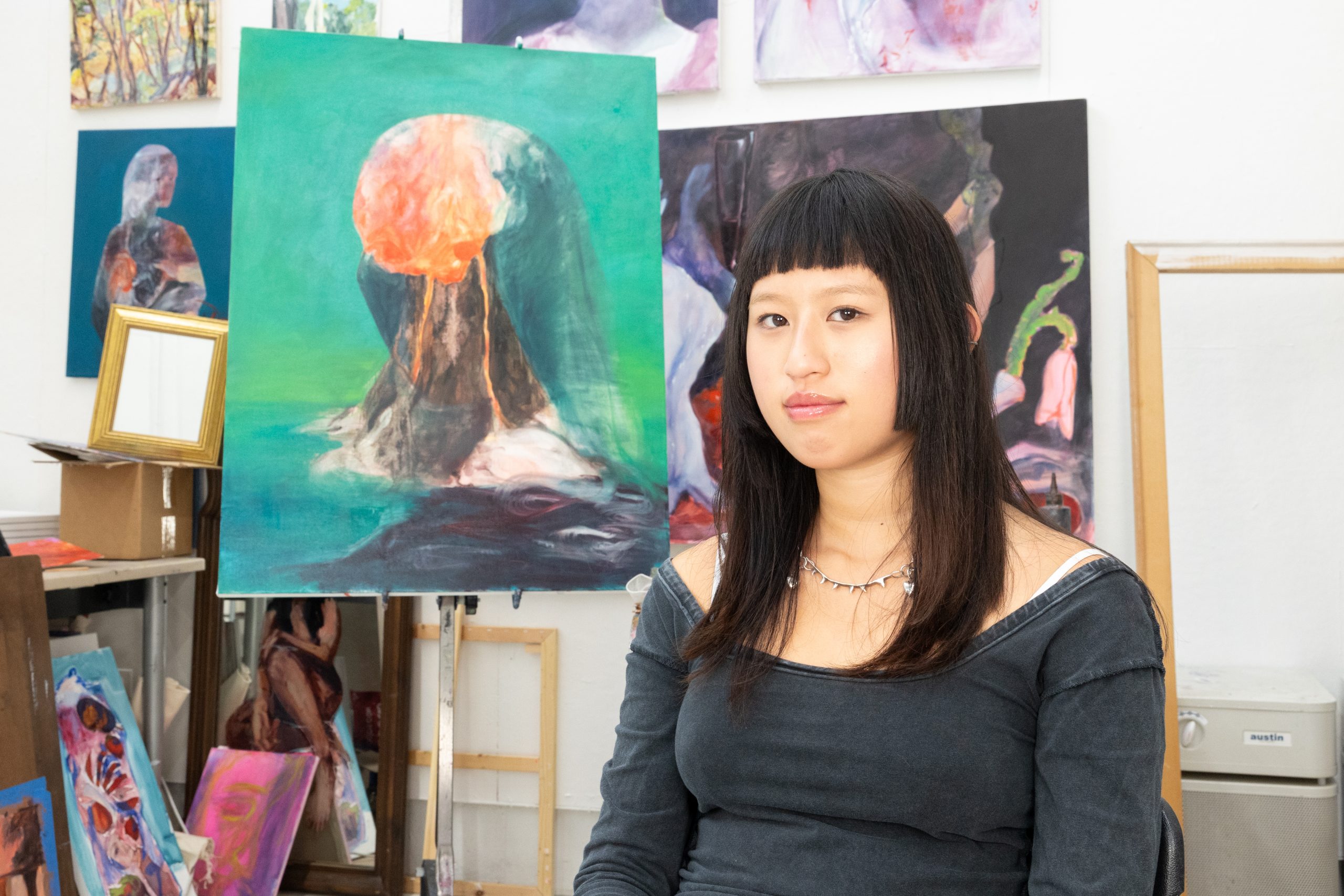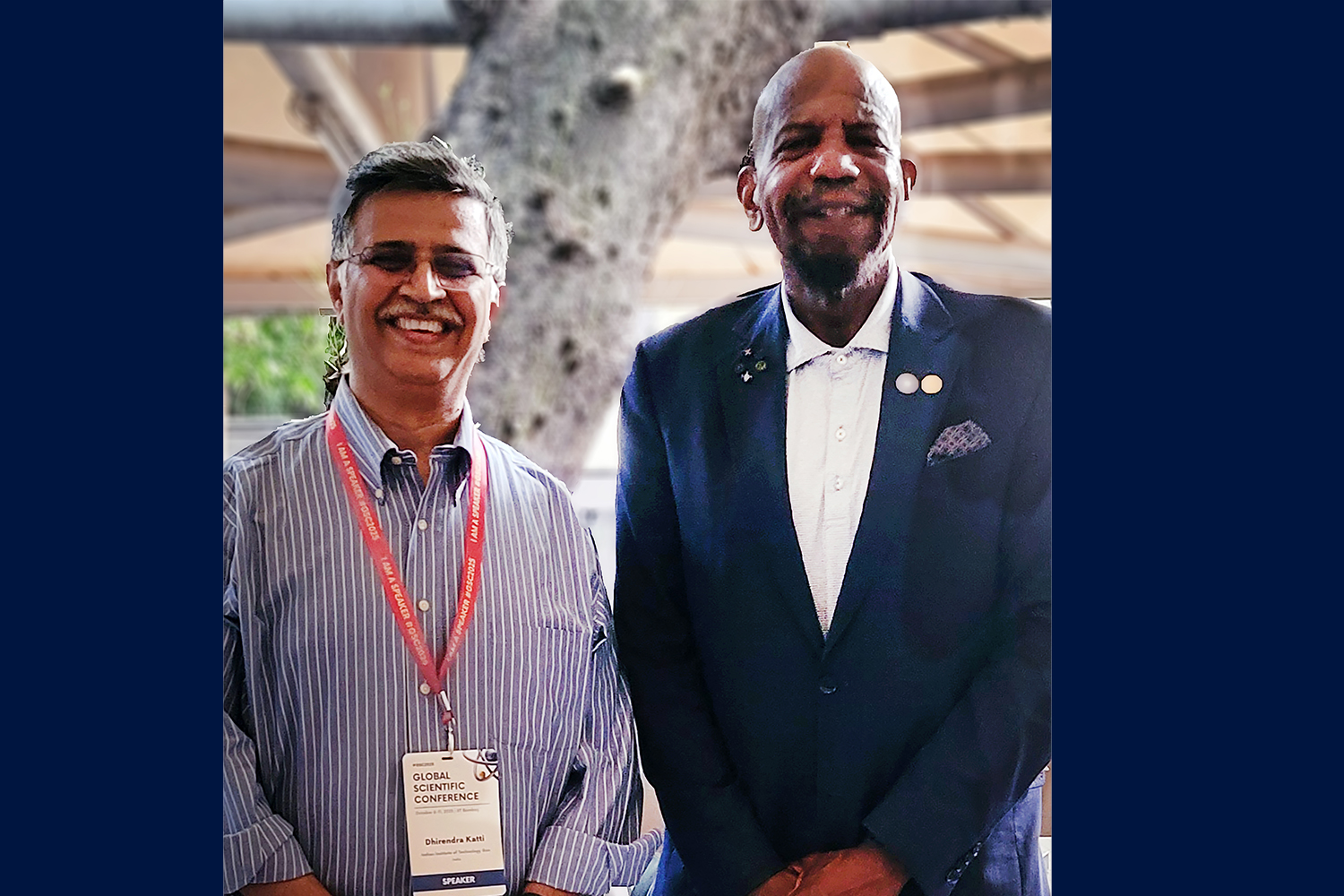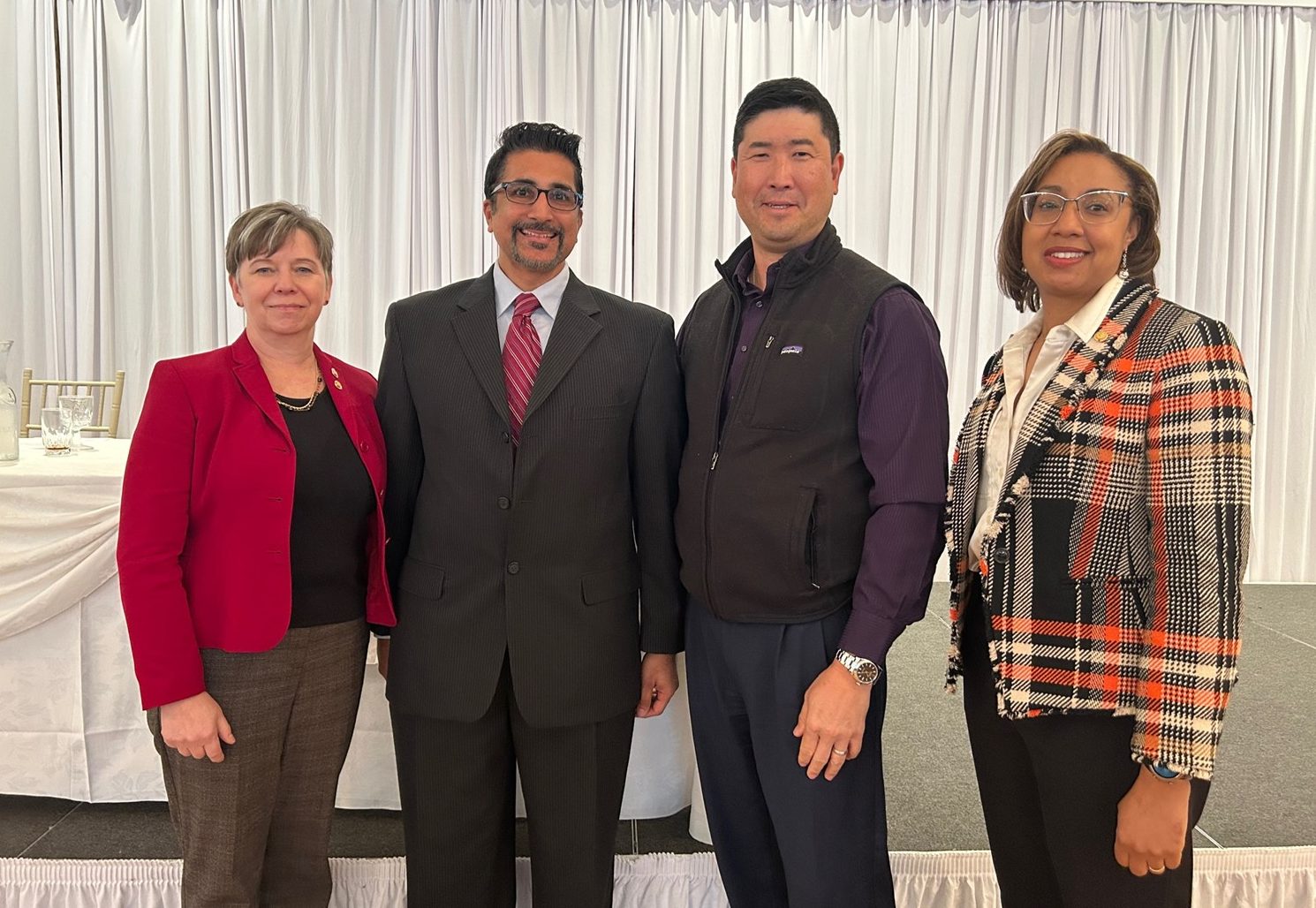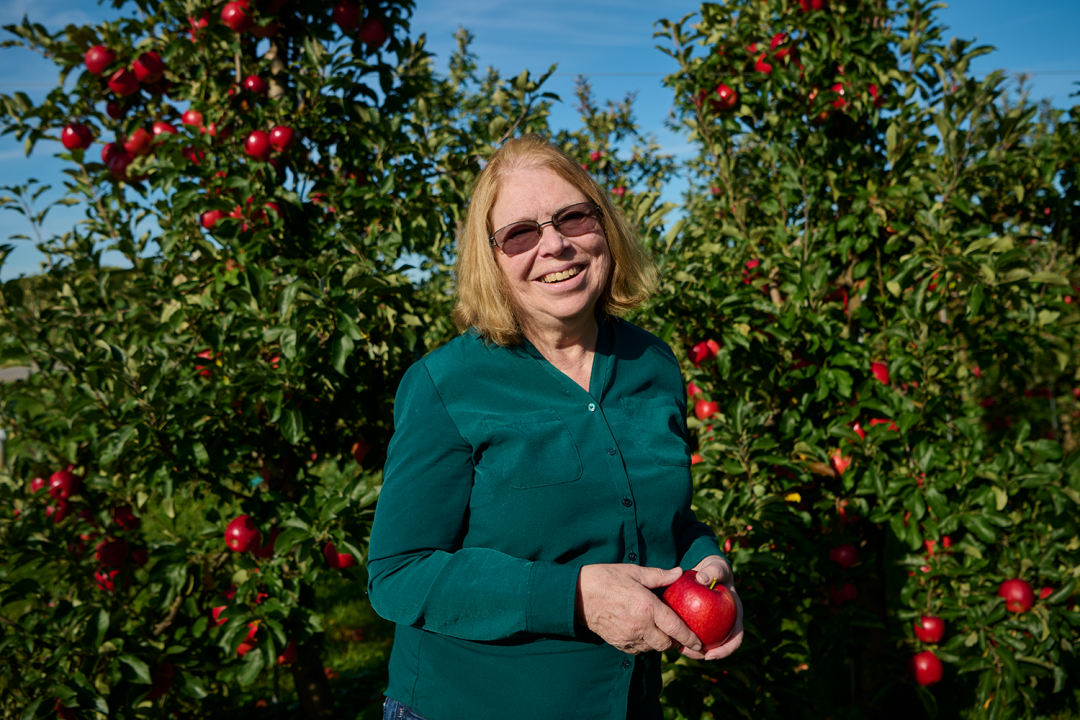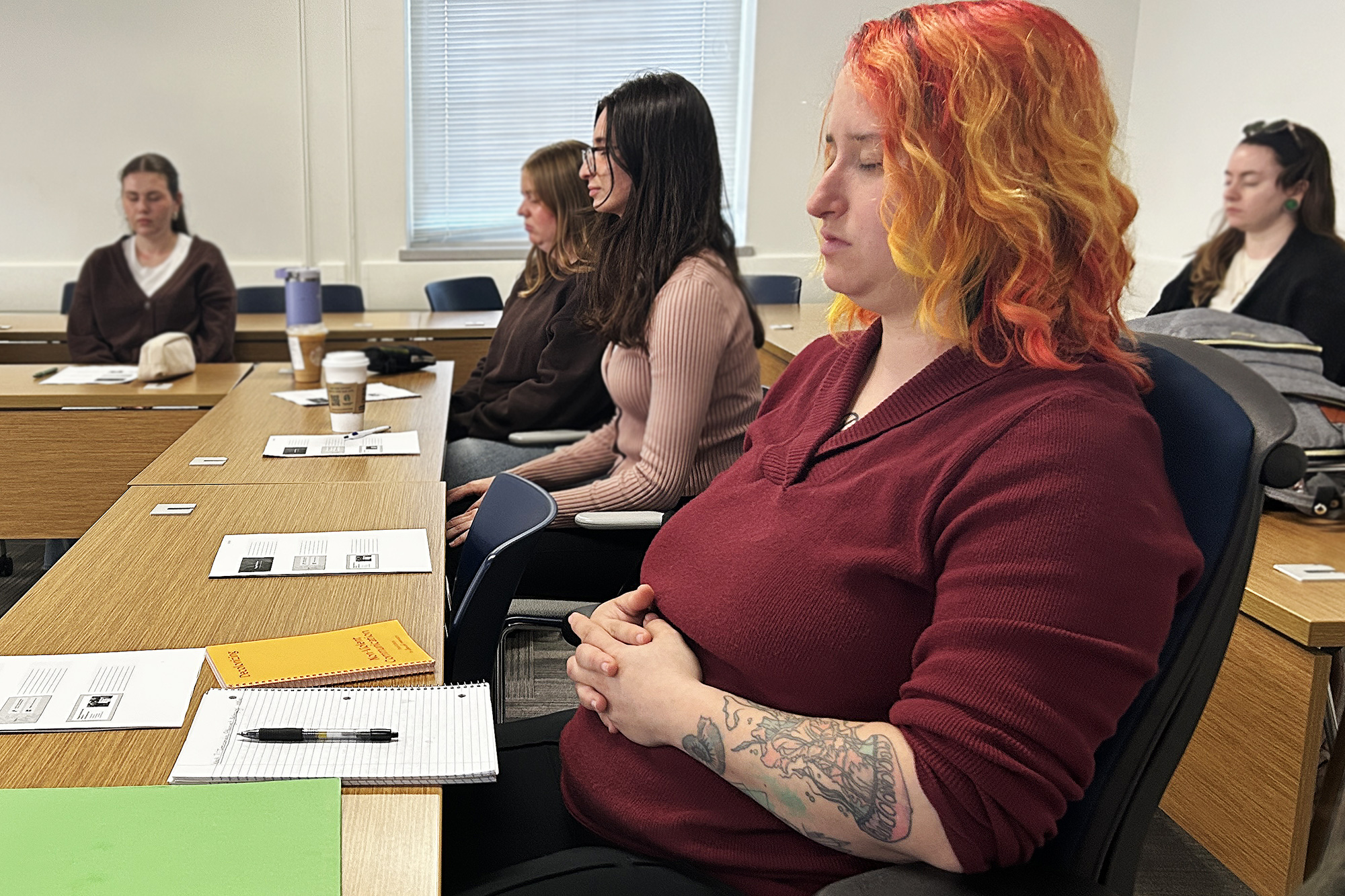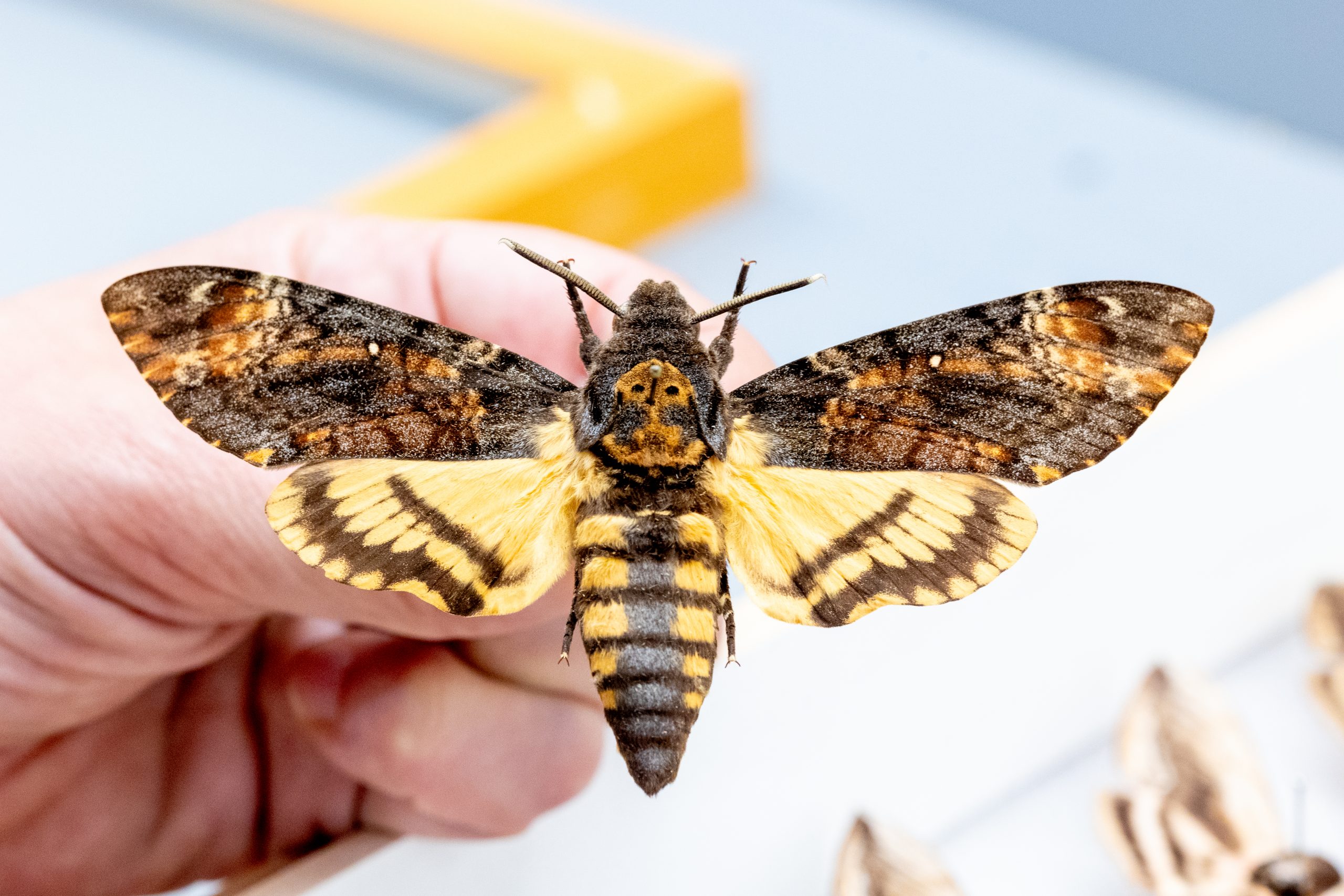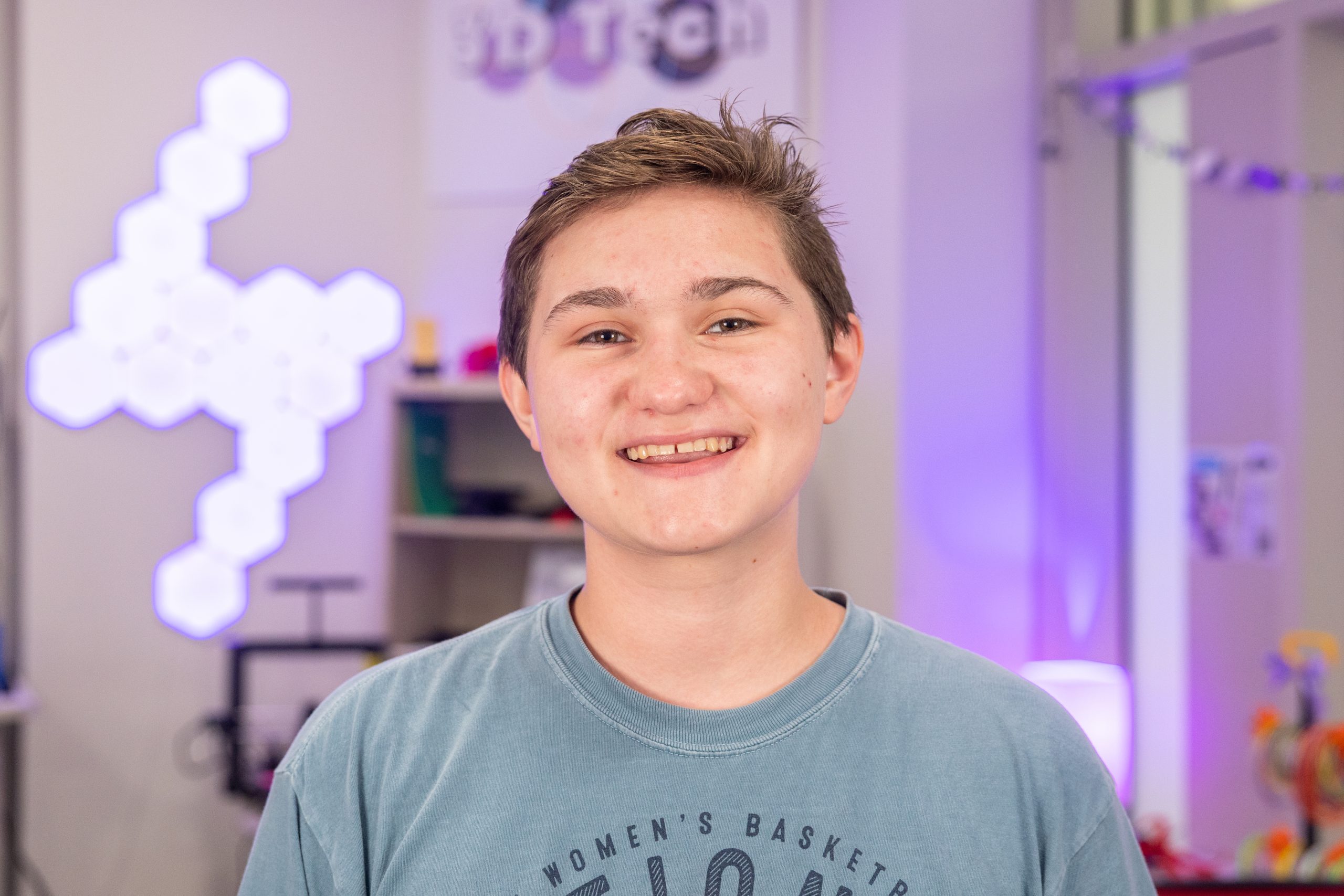Meet the Undergraduate: Iris Yu ‘26 (CLAS, SFA)
“Science and art sound kind of opposite from each other, but they’re both really about exploring more of the world and how that can then affect your own life,” says Iris Yu ’26, a senior double-majoring in physiology and neurobiology (PNB) as well as painting. “There’s so much to be cross-pollinated between the two, and it helps me investigate my own creative process in a more scientific way.”
While she began her journey at UConn as a PNB major, Yu later decided to also fuse this with her interest in art, giving her a chance to explore ideas that she already studied in her PNB courses and put her own creative spin on them. This decision paid off when her artwork landed her the prestigious UConn IDEA Grant for undergraduate research.
For the IDEA Grant, Yu’s project revolved around Investigating the Visual Culture of the Asian Female Body.
“I noticed there are a lot of ways in which we’ve been trained to perceive the human body, and in this case, the female body,” she says. As a Chinese American woman, she believes the Asian body is often portrayed through a very restrictive lens. It is very common to find visual representations of the Asian female body that fit the standard of being conventionally attractive and objectified rather than realistically.
In an attempt to deviate from those restrictions, Yu’s artwork highlights the Asian female body from multiple angles, challenging what is considered conventionally attractive. She believes that her background in biology allows her to easily grasp the realistic features of the human body that make it different from conventional art.
“You never really see someone with porcelain skin in real life,” she says. “I use this as an example because it’s a very common descriptive feature that is displayed in many artworks depicting the female body. It’s like people want to disregard the impact of time and gravity on the human body. After all, it is biological.”
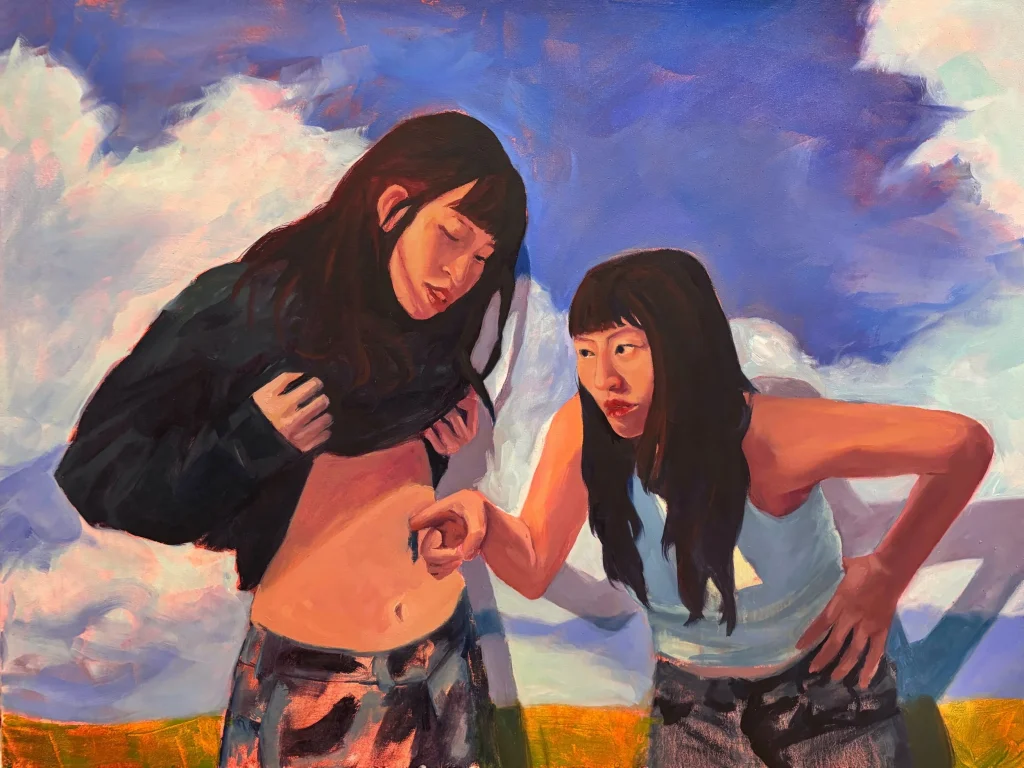
While it is safe to say that her artwork does not fall under the category of traditional art in her culture, she does not believe it goes completely against the idea, either. Yu expresses her desire to include elements commonly found in traditional artwork and combine them with unconventional features as well. This is because contemporary art can approach its subjects from an array of angles: its purpose is simply to reflect on the diversity of the community rather than apply stereotypical features and categorize them, and she plans to make that clear in her artworks.
As she progressed through this journey, Yu realized the difficulty of pursuing a truly independent research project.
“This project is very self-directed because of how much time we are given. And this has, in a way, forced me to approach the artistic process in a different way,” says Yu.
With regular art assignments, there is often a guideline the student is expected to follow; however, with artistic research, everything is essentially self-governed. While this approach has its pros, it can have a number of challenges as well.
“For one, there are times where I would pressurize myself into being a perfectionist — and I am by nature — but that’s only possible with short-term assignments. With research, [perfectionism] excludes you from being able to visualize the bigger picture,” Yu says. By reflecting about these thoughts in a journal, Yu was able to redirect herself and focus on the process of growing as a person throughout this journey.
Her mentor, Professor of Art History and Africana Studies Alexis Boylan, played an influential role in Yu’s research by encouraging her to delve deeper in material that allowed her to shape her own artwork and artistic style.
As a part of her grant research, Yu plans to continue working on her artworks for 2025, culminating in a solo exhibition in March of 2026. Follow along on her artistic journey on her website and Instagram.
Month of Discovery
October is the Month of Discovery, when undergraduates are introduced to the wealth of research and innovation opportunities at UConn. This month, enjoy profiles of outstanding undergraduate innovators on UConn Today, attend a full slate of programming on campus and online, and register for Discovery Quest to launch your undergraduate experience to new heights.
Latest UConn Today
- UConn Professor Sir Cato T. Laurencin Delivers Plenary Lecture at the ACS Global Scientific ConferenceLaurencin traveled to Mumbai, India to serve as the Plenary Speaker at the American Chemical Society (ACS) Global Scientific Conference.
- UConn Creates Family Medicine LeadersThree graduates of UConn School of Medicine elected leaders of the American Academy of Family Physicians and its Connecticut Chapter.
- UConn Magazine: Inventor of your Next Favorite AppleAll hail Snap Dragons and Autumn Crisps: What it means to be queen of the fruit breeding universe
- Finding Presence: Using Mindfulness to Transform Social Work Education at UConn"Social workers carry the world’s challenges on their shoulders," says Associate Professor and course instructor Caitlin Elsaesser. "By practicing mindfulness—an energy of awareness—we nurture the presence and compassion that make transformative healing and advocacy possible."
- Tales From the CollectionsCollecting, skinning, and skeletonizing – for science!
- Meet the Undergraduate: Liam Tyler ‘28 (CLAS)Inventing a smart solution for a perennial problem of dorm living



